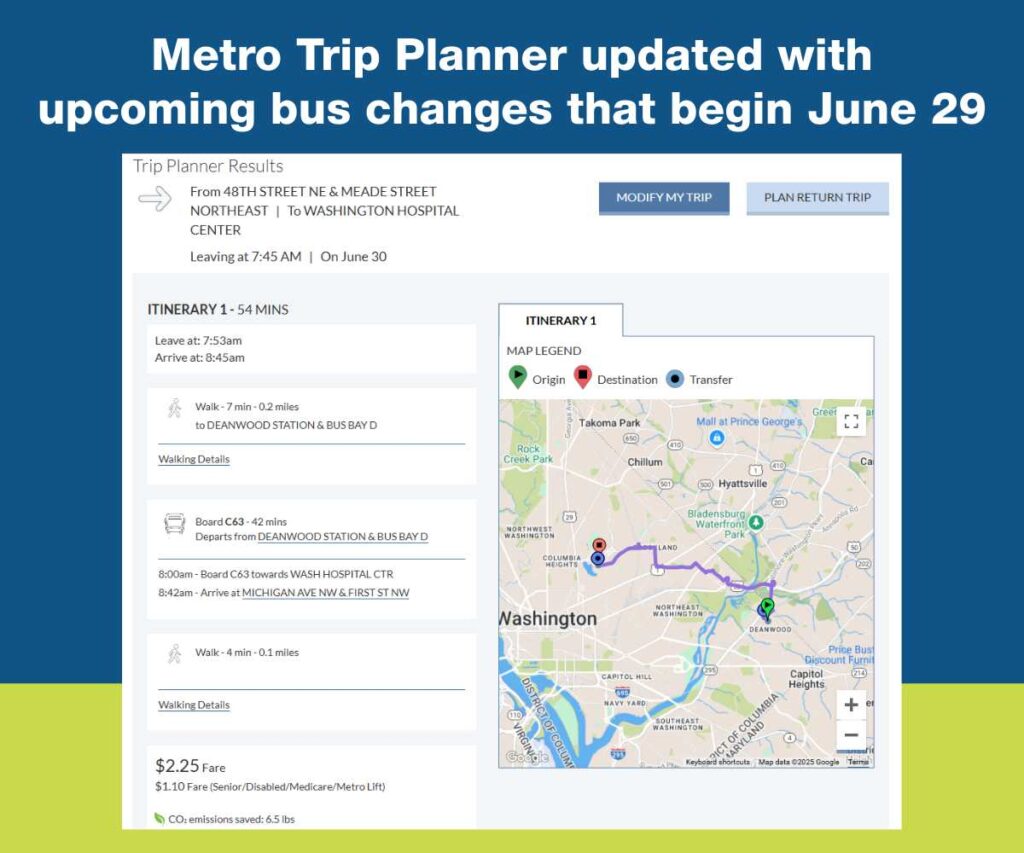WMATA’s Better Bus Network: Upcoming Changes and What Riders Should Know
The Washington Metropolitan Area Transit Authority (WMATA) is embarking on a major transformation of its bus service. This update, known as the Better Bus Network Redesign, will bring new routes, removed stops, and other improvements to public transit across the DC metro area.

Why WMATA Is Changing the Bus Network
WMATA aims to make Metrobus service more efficient and accessible. The agency initiated the redesign two years ago, gathering feedback from more than 45,000 people. According to The MoCo Show, the goal is to provide faster, more reliable service. By consolidating low-usage stops and updating routes, WMATA wants to better serve the region's riders.
Key Changes: Bus Stop Removals and New Routes
A significant part of the redesign involves removing certain bus stops. For riders in Northern Virginia, this will mean the elimination of 57 stops—including at least 19 in Arlington and three in Falls Church. This measure is intended to streamline service and boost ride frequency. Details about the affected stops and route adjustments can be found in WUSA9’s report.
WMATA’s new routes aren’t just changing in number. Each bus route will get a new name, with routes in Arlington and Alexandria starting with “A.” Express routes will feature an “X” at the end of their name. An example of a new route is the A71, which connects Ballston and King Street in Alexandria.
In Arlington, route changes include the extension and renaming of familiar lines. The new A58 route, for instance, will stretch from D.C.’s Farragut Square to Ballston and extend to the Seven Corners Transit Center. For a full breakdown of routes and stops set for elimination, check the ARLnow article.
Planning Your Trips with WMATA’s New Trip Planner
To help commuters adjust, WMATA has updated its Trip Planner with new routes and schedules. Riders can plan trips for June 29 and beyond, previewing changes before they go live.
Here are simple steps to use the new Trip Planner:
- Visit wmata.com/tripplanner
- Enter your start and end locations
- Choose your travel date and time
- View route options that incorporate the updated network
This tool allows riders to explore which routes best fit their needs. WMATA encourages riders to test the Trip Planner and share feedback via its website.
WMATA’s Outreach and Rider Support Efforts
Throughout this transition, WMATA is focusing on keeping riders informed. Teams are visiting stations, answering rider questions, and sharing updates. Signs at affected stops indicate whether changes are incoming. Audio announcements on buses are also alerting commuters of upcoming adjustments.
The Metro’s communications toolkit offers clear graphics and explanations, making it easier for everyone to adapt.
What Riders Should Do Next
Riders should stay alert for updated signage at their usual stops, review new route names, and try out the Trip Planner well before June 29. While the changes may seem daunting, WMATA’s efforts aim to simplify and speed up commutes for most users.
As the launch date approaches, WMATA will continue to provide updates and support. For the latest details, visit the WMATA Better Bus Network page and follow announcements at local stations.
Stay prepared, and let WMATA’s improvements guide you to a smoother, more reliable public transit experience.